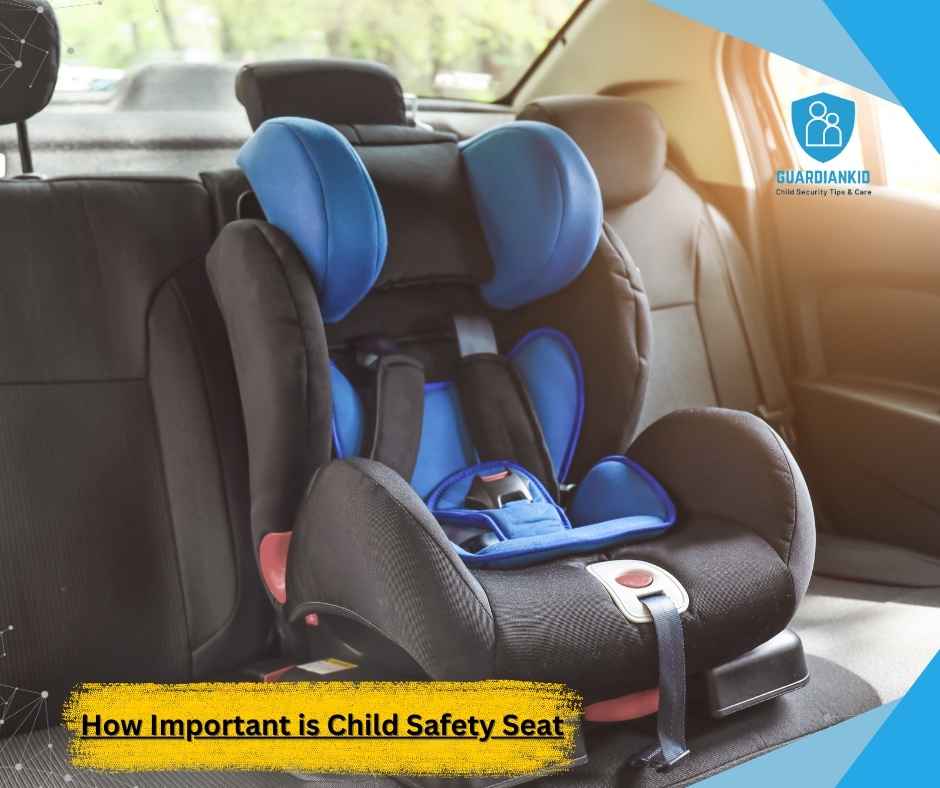How Important is Child Safety Seat? Enhancing Safety in Every Journey
In the discourse of child passenger safety, one question frequently arises: “How important is a child safety seat?” The answer lies not just in road safety statistics but in the countless lives saved and injuries prevented, thanks to the proper use of child safety seats. This guide delves into the multifaceted importance of child safety seats, underlining their significance in safeguarding our youngest passengers.
Child safety seats are crucial as they significantly reduce the risk of injury and death for infants and children in the event of a car crash by providing appropriate support and protection for their size and age.
Enhancing Safety in Every Journey
Child safety seats are engineered to offer unparalleled protection to children in a car accident. They are designed to:
- Reduce the Risk of Fatal Injuries: Studies have shown that child safety seats decrease the risk of fatal injuries by 71% for infants and 54% for toddlers in passenger vehicles.
- Provide Appropriate Support: These seats are tailored to support the child’s head, neck, and spine, significantly reducing the likelihood of serious injuries.
- Ensure Proper Seat Belt Fit: Child safety seats ensure the vehicle’s seat belts fit correctly over the child’s body, offering optimal protection.
Legal Requirements and Best Practices
Beyond the evident safety benefits, using child safety seats is also a legal requirement in many jurisdictions. These laws are not arbitrary but are based on extensive research demonstrating the effectiveness of child safety seats in protecting children on the road. Compliance with these laws is not just about avoiding fines; it’s about adhering to a standard of care that safeguards the lives and futures of children.
The Role of Child Safety Seats Across Ages
The importance of child safety seats evolves as a child grows, with different seats designed to address the changing needs of growing children:
- Infants and Toddlers: Using rear-facing child safety seats for the youngest passengers is crucial for protecting their vulnerable heads, necks, and spines.
- Older Children: As children grow, transitioning to forward-facing seats with harnesses and booster seats ensures that they are always provided with the most effective level of protection until they are ready to use the vehicle’s seat belt.
Educating Parents and Guardians
Understanding how important a child safety seat is also involves educating parents, guardians, and caregivers about choosing the right seat, proper installation, and when to transition between different types of seats. This education is vital in maximizing the protective benefits of child safety seats.
A Shared Responsibility
Protecting children in vehicles is a shared responsibility, extending beyond parents and caregivers to vehicle manufacturers, child safety seat makers, policymakers, and the community at large. By prioritizing child safety seats and adhering to best practices, society can significantly minimize road traffic injuries among children.
The question of how important a child safety seat is can be answered: It is indispensable. Both empirical evidence and a consensus among safety experts worldwide back the protection it offers in reducing injury and death among child passengers.
As technology advances and our understanding of vehicle safety evolves, the child safety seat remains a fundamental component of child passenger safety, underscoring the collective commitment to keeping our youngest and most vulnerable safe on the road.



